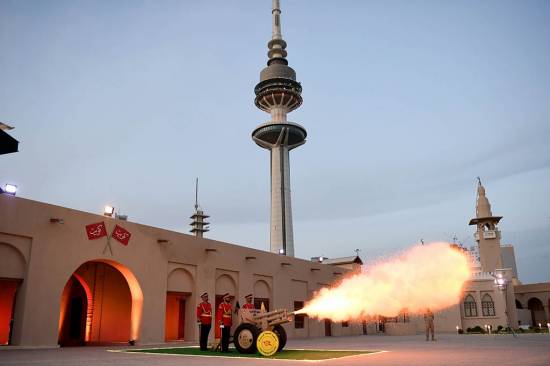ISESCO prompt Kuwait’s Naif Palace as an Islamic Heritage spot Featured
ISESCO decided to apt Kuwait’s Naif Palace as an Islamic Heritage Site during the Heritage Committee’s 10th session on the Islamic World. Dr Walid Al-Saif advisor to secretary-general of Kuwait’s National Council for Culture, Arts and Letters (NCCAL), said that prompting Naif Palace amongst ISESCO’s Heritage index is of “great importance historically, as it is one the most significant Islamic castles.”
He also pointed out the historical, political, and cultural relevance of the place, as well as its architectural construct that prompt the place for such an addition to ISESCO’s heritage index. The Palace covers an area of 28,882 square meters, consisting of 214 rooms that were used for storing weapons and artillery while other rooms were used to host guards and soldiers, as the palace is located near the city walls and main gate. It’s a marvel of Kuwait’s first quarter of the 20 century’s antiquities, with wide open courtyards and large hand-crafted wooden doors in addition to the Islamic style arches surrounding the internal design of the building.
Ramadan is when this palace is publicly significant as it is used for the firing of the iftar cannon that is a tradition in Kuwait ever since the city walls were erected. “Standing in the middle of the courtyard, you can see the long liwan from both the northern and eastern side with arches and columns of Islamic architectural design.” In 1950, the Palace became headquarters of Public Security Directorate to serve as a place to settle issues, difference, as well as unlawful cases, under the auspices of Sheikh Abdullah Al-Mubarak Al-Sabah and Sheikh Abdullah Ahmad Al-Sabah. The decision finally came following two days of sanctioned meetings as the committee closely examined the historical relevance of the palace. – KUNA


